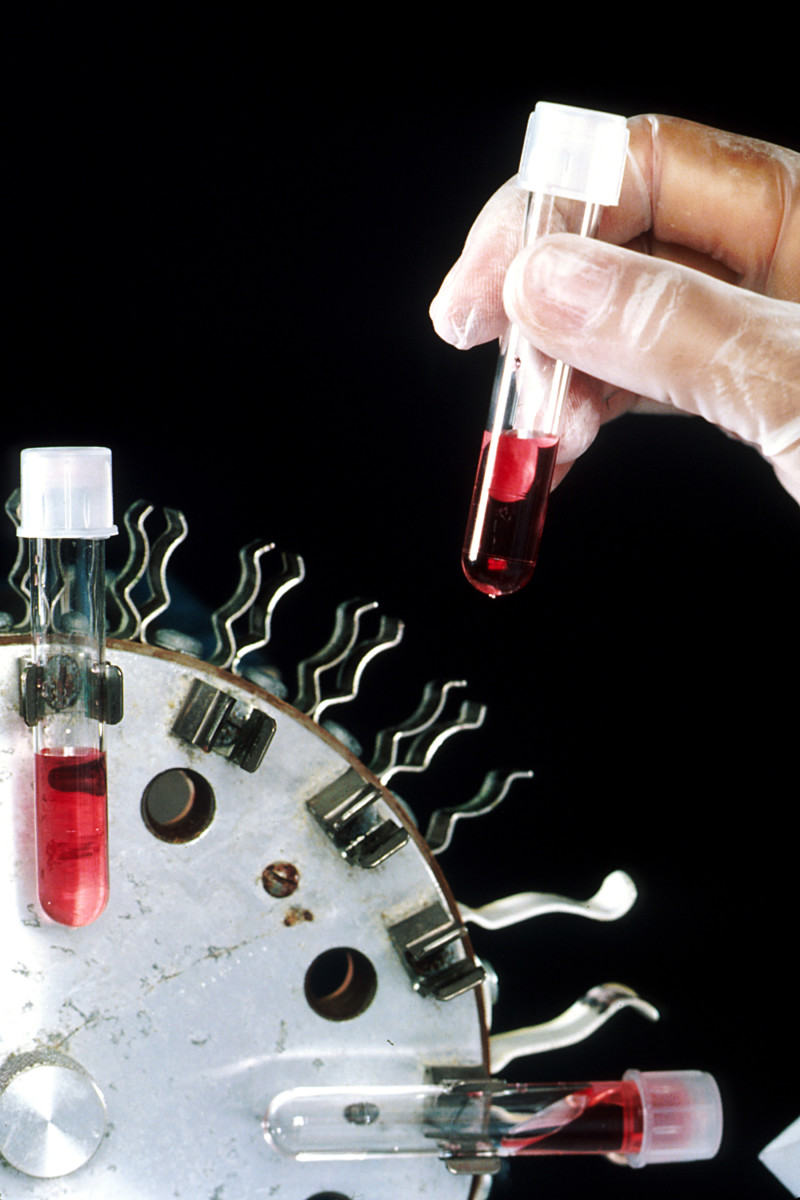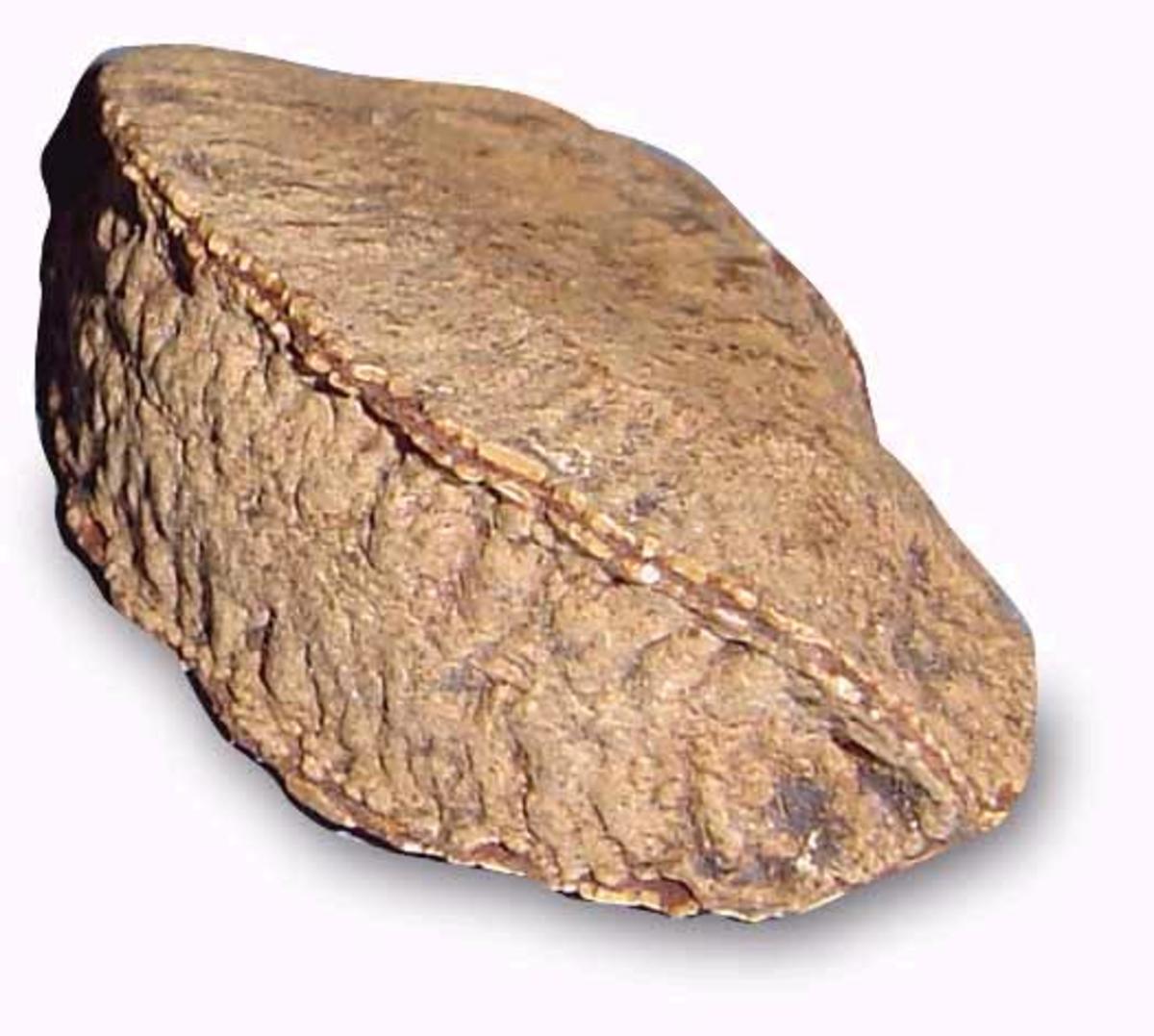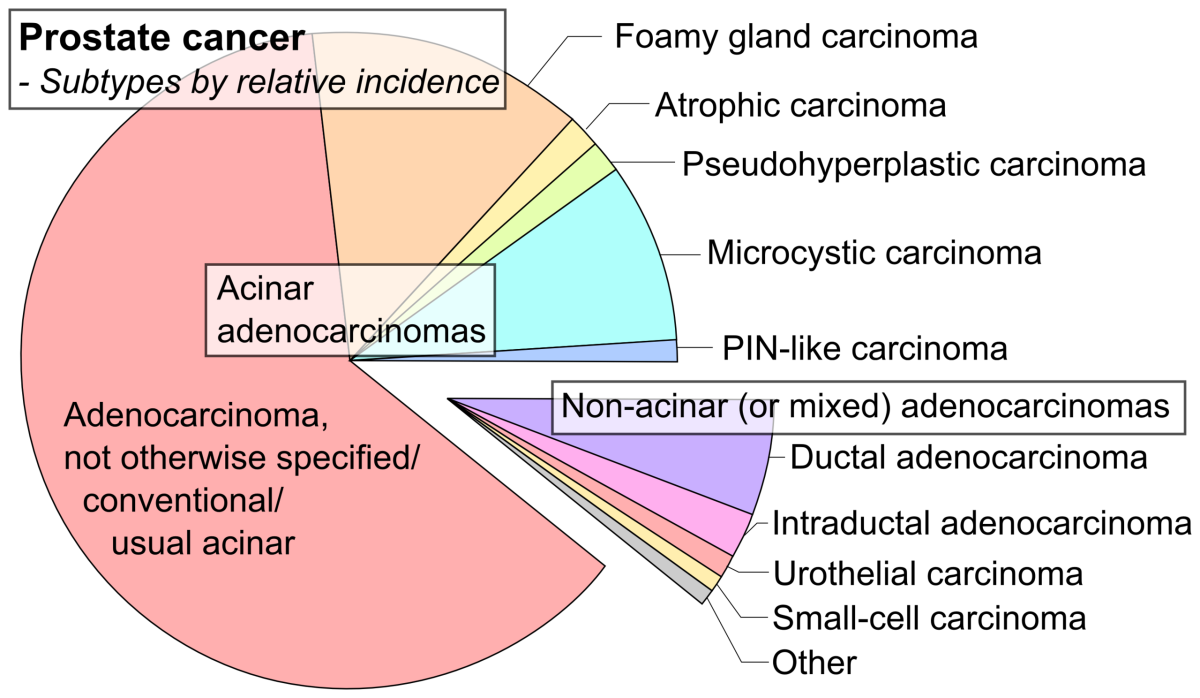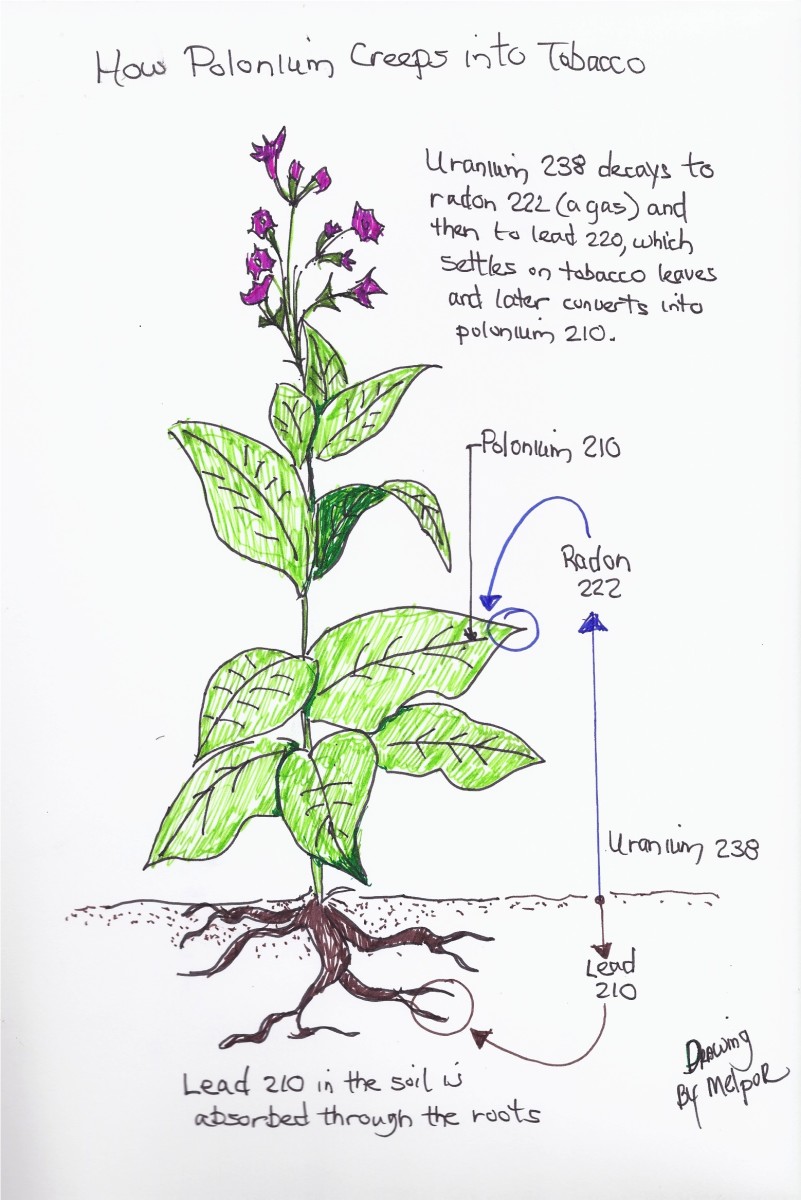Chemotherapy as Cancer Treatment - Fear of Side Effects
Chemotherapy is the mainstay of cancer treatments
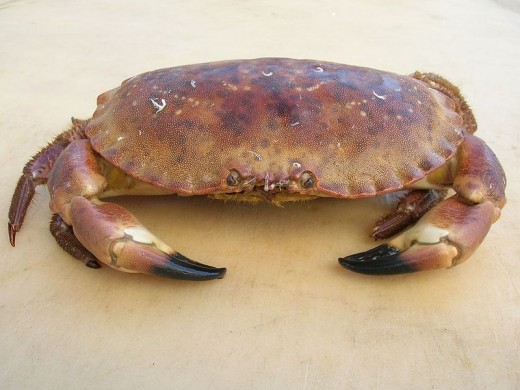
Chemotherapy for cancer
Chemotherapy is a type of cancer treatment where we use drugs to kill the cancer cells. Cancer cells unlike the normal cells of the body multiply and grow at a faster rate.
Unless we stop the growth of these cells they can spread to the different parts of the body other than its origin and cause a number of difficulties for the patient.
Chemotherapy for cancer; how does it work?
Once injected into the blood or absorbed from intestine, chemotherapeutic drugs target the fast growing tumor cells in the body. It will also target the cancer cells which have dislodged from the origin and travelled to distant parts of the body. But the drugs do not have the capability to differentiate the rapidly dividing normal cells from the rapidly dividing tumour cells. That is how the rapidly dividing normal cells of the body like internal mucosal layer of the mouth and intestines, the hair follicles, the bone marrow where the blood cells are produced etc. come under attack. The side effects related to chemotherapy are mainly because of this. The side effects reduce or completely disappear once the chemotherapy is over.
Chemotherapy for cancer; how do I get familiarised with the procedure?
For a person with no background in health care the word “chemotherapy and cancer” it can be very upsetting. Doctors and nurses in cancer hospitals are specially trained and experienced in this area.
A decision on the chemotherapy is taken after reviewing your medical history, findings of physical examination, lab reports revealing the site, type and extent of cancer, your general physical health the current research and whether you had chemotherapy before. Before starting the therapy, your treating doctors and nurses should prepare you on the following areas
- Why have they chosen chemotherapy as a treatment for your disease?
- What types of drugs will be administered?
- How many times are these administered?
- What is the interval between each cycle of chemotherapy?
- What kind of side effects to be expected for the drugs used?
- How to prepare yourself to face these side effects?
- What to do if certain side effects develop?
- What is the cost of chemotherapeutic drugs?
Chemotherapy Related Hubs
- Does Chemotherapy Do More Harm Than Good?
People with cancer routinely undergo chemotherapy. But is there a better way? Have various cures been suppressed? - Can Short-Term Fasting make Chemotherapy Safer and More Effective in Curing Cancer?
Fasting during chemotherapy can reduce side effects and make the therapy more effective.
Chemotherapy for cancer; when do we use chemotherapy in cancer?
Chemotherapy is used to treat cancer on three different occasions
Curing cancer: Some cancers are completely cured by the use of chemotherapeutic drugs and they do not recur once the treatment is stopped
Controlling cancer: Sometimes, even before detecting the disease, the cancer cells get dislodged from the site of origin and travel to distant areas of the body. They are called micro metastases and they are capable of forming a new cancer growth where they get attached. Chemotherapeutic drugs prevent such spread, slow the growth of the tumor or kill the cancer cells that have already spread to different parts of the body.
Palliative care in advanced cancer: cancer chemotherapy is also used to shrink the tumors that cause pressure or pain.
Chemotherapy for cancer; how is it used?
Neo – adjuvant chemotherapy: here chemotherapy is used to shrink a tumor before surgery or radiation therapy
Adjuvant chemotherapy: here chemotherapy is used to kill the cancer cells that may remain after surgery or radiation therapy
Concomitant or concurrent chemotherapy: This is when chemotherapy is used along with other forms of therapy like radiation.
Chemotherapy for cancer; how often is it given?
It is not always a must that you have to be admitted to a hospital for the administration of chemotherapy. Chemotherapy is given in the day care centres, outpatient units of the hospital or during a hospital stay.
The treatment cycles of chemotherapy depends on the type of cancer, whether it has spread to other parts of the body, the purpose of chemotherapy (for curing cancer, for controlling cancer or for palliation), and the body’s reaction to the chemotherapeutic drugs. Chemotherapy for cancer is usually given as cycles. For example, if treatment is given for one week, a gap of three weeks is given before the next treatment. This helps in recuperation of body from all the side effects before the next dose. These four weeks together it is known as a cycle. If four such cycles are planned for a particular patient, the schedule is usually followed unless the patient develops some severe side effects in which case the treatment may be rescheduled.
Chemotherapy for cancer; how is it administered?
The usual form of administration of chemotherapy is through the veins. It can also be administered to a muscle or right under the skin. Other routes of administration of cancer chemotherapy are directly into the artery, into the peritoneal cavity, rubbing on the skin and as pills and capsules orally.
Chemotherapy for cancer; how is it given through an IV?
Chemotherapy is often given through needles inserted into the vein of your hand or lower arm. These needles are not placed on the same side hand in a patient who has undergone removal of breast for the fear of development of lymphedema. If you develop pain, redness and burning near needle site it may indicate that the needle has come out of the vein and it should be informed to the nurse immediately.
Since chemotherapy has to be given on repeated sittings, a catheter (tube) may be placed inside the patient’s body to avoid repeated pricking by the needles. Mostly the catheter is placed in the chest region; one end of the catheter in a large vein and the other end outside the body. These catheters are used to give other medications and to draw the blood if required. One of the dangers in having a catheter like this is the risk of getting infection especially when chemotherapeutic drugs are notorious for lowering the immunity of the person.
Another way of giving chemotherapy is to use a small round disc made of plastic or metal which is placed under the skin. This is called a port and is most often placed in the chest. A needle can be inserted into the port to give chemotherapy or to draw blood. This needle can be left in place for one or two days to avoid repeated pricking. Again infection can be a villain here.
Chemotherapy for cancer; what are the side effects?
There are different side effects for chemotherapy. The side effects can be long term or short term. Anaemia, fatigue, bleeding, alopecia, infection and loss of appetite etc are some of the side effects. The development of side effects or not developing side effects does not mean that your therapy is ineffective.
Would you do chemotherapy for cancer or choose a natural approach?
Chemotherapy is one of the mainstay treatments for cancer. The fear of development of side effects and the cost of getting chemotherapy should not prevent you from seeking treatment if you have cancer. Studies have proved that chemotherapy can extend the number of years of life in people diagnosed with different types of cancer. Different combinations of drugs are used for different types of cancers and many clinical trials are going on in this area to improve the outcome, increase the patient tolerance, reduce the side effects etc. During chemotherapy, a patient is continuously monitored and if needed the treatment is rescheduled to maximise the good effects and to minimise the side effects. Moreover a person receiving chemotherapy is never left alone. There will be a team of specialist doctors, nurses, social workers, other health care members and even old patients to help them come out of the suffering. With good nutrition the patient recovers better from the side effects and the compliance is more. But scientific studies do not prove that nutrition alone or other natural remedies can treat cancer

